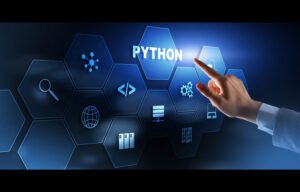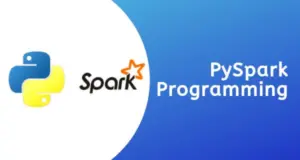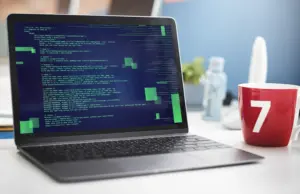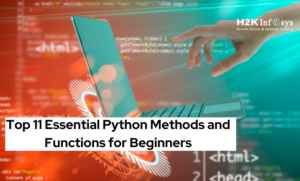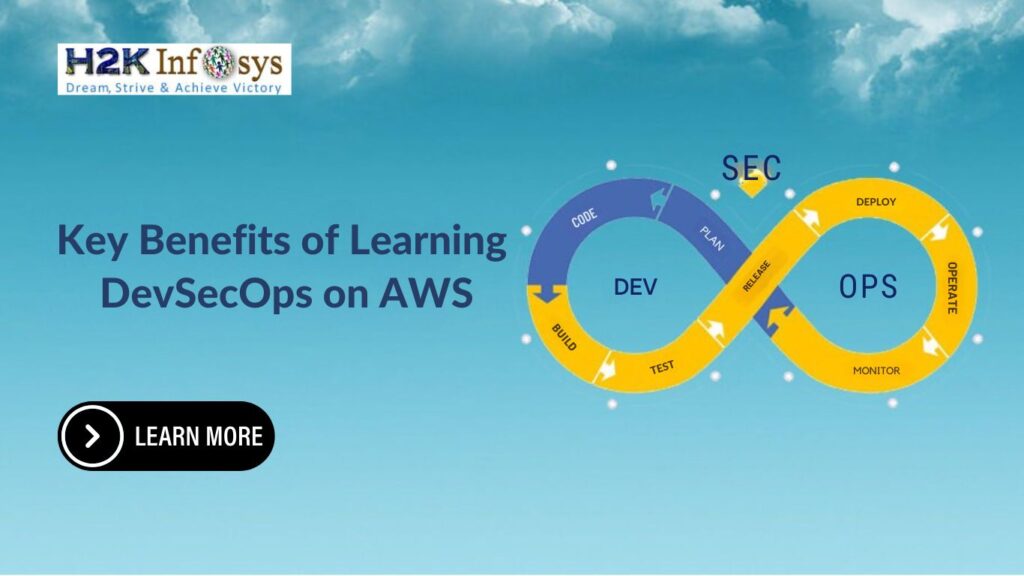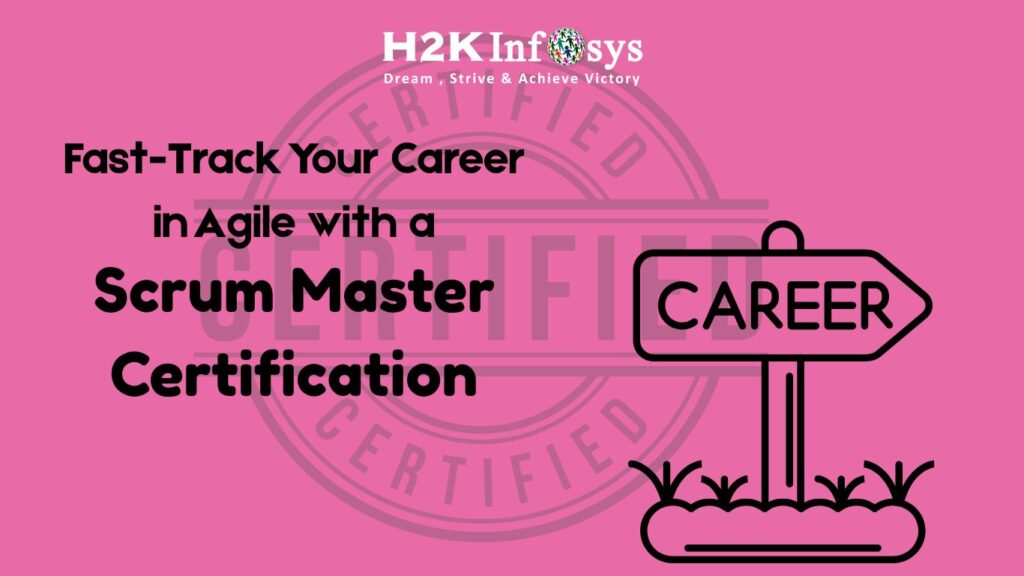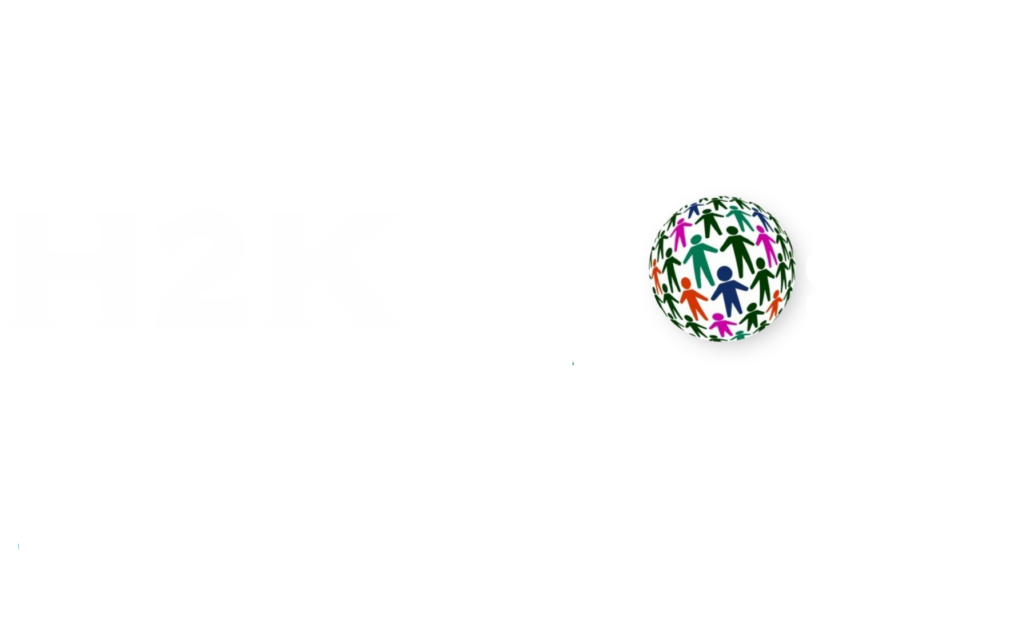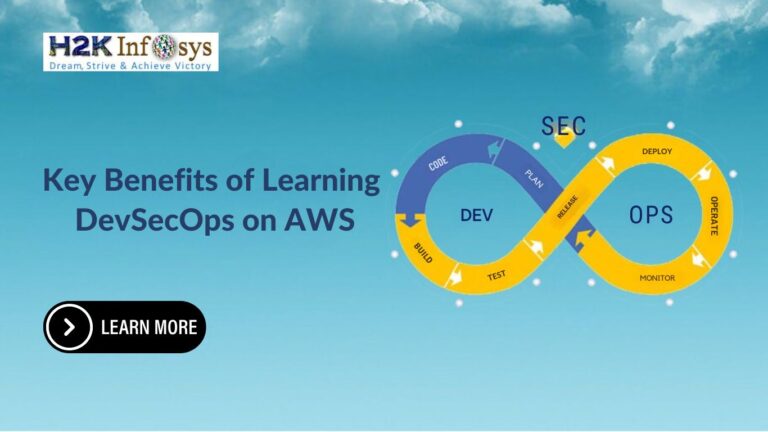Introduction
In today’s competitive tech landscape, securing a Python programming language certification can set you apart. Whether you’re a beginner looking to learn Python Online or a professional pursuing advanced courses on Python, mastering interview questions is essential for success. For roles involving R to R (Requirement to Release) processes, understanding Python’s role in development, testing, and deployment is critical. This guide provides an in-depth look at R to R interview questions and prepares you to excel in your Python certification program journey.
What Is R to R in Software Development?
R to R refers to the process from Requirement to Release, encompassing all stages of software development:
- Requirement Gathering: Identifying what the software should accomplish.
- Development: Writing code to meet those requirements.
- Testing: Ensuring the code functions as expected.
- Deployment and Release: Delivering the software to end users.
Python, with its simplicity and versatility, plays a significant role in every phase of the R to R process. A Python programming course that emphasizes real-world applications can help professionals gain hands-on experience in these areas.
Common Interview Questions
Experience-Based Questions
- “Can you walk us through your recruitment experience?”
- Objective: The interviewer wants to gauge your background in recruitment, understanding the types of roles you’ve filled, industries you’ve worked in, and your general experience.
- How to Answer: Highlight key achievements, specific industries, and any notable clients or projects you’ve worked on. Focus on metrics like placements, revenue generated, and client satisfaction.
- “Can you tell us about a particularly challenging placement and how you managed it?”
- Objective: This question tests your problem-solving abilities and resilience.
- How to Answer: Choose an example where you faced significant challenges, such as a difficult client or hard-to-fill position. Explain the steps you took to overcome these obstacles and the positive outcome.
Skill Assessment Questions
- “How do you approach business development in recruitment?”
- Objective: The interviewer is looking to understand your methods for generating new business and growing client relationships.
- How to Answer: Discuss your strategies for networking, cold calling, and leveraging existing relationships. Include examples of how you’ve successfully brought in new clients or expanded business with existing ones.
- “Outline your recruitment process, starting from sourcing candidates and ending with the final placement.”
- Objective: This question assesses your understanding of the entire recruitment cycle.
- How to Answer: Outline your approach, from understanding client needs and sourcing candidates to conducting interviews and negotiating offers. Highlight any unique strategies or tools you use, such as specialized job boards or advanced sourcing techniques.
Behavioral Questions
- “Tell us about a time you had to handle a difficult client.”
- Objective: This question evaluates your client management skills and ability to handle conflict.
- How to Answer: Provide a specific example where you had to manage a challenging situation. Focus on your communication skills, empathy, and problem-solving abilities. Describe the steps you took to resolve the issue and the positive outcome.
- “How do you prioritize your tasks when managing multiple clients and candidates?”
- Objective: The interviewer wants to assess your organizational skills and time management.
- How to Answer: Discuss your methods for prioritizing tasks, such as using a CRM system, setting daily goals, or delegating tasks. Emphasize your ability to stay organized and efficient under pressure.
Key R to R Interview Questions for Python Programming Roles
1. Requirement Analysis Phase
Q1: How would you gather and document software requirements using Python?
Answer: Python’s libraries like Pandas and Jupyter Notebook help analyze data and document requirements interactively. Using tools like pydantic, we can define schemas for requirements validation.
Example:
from pydantic import BaseModel
class Requirement(BaseModel):
feature_name: str
priority: int
deadline: str
req = Requirement(feature_name="User Authentication", priority=1, deadline="2025-02-01")
print(req)2. Development Phase
Q2: How would you structure a Python project for scalability?
Answer: A well-structured Python project includes clear directories and modular code. Example structure:
project_name/
|— src/
|— main.py
|— utils.py
|— tests/
|— test_main.py
|— requirements.txt
|— README.mdThis modular approach ensures that code is reusable and easy to maintain.
Q3: What are Python’s best practices for writing clean code?
Answer:
- Follow PEP 8 guidelines.
- Use meaningful variable names.
- Write docstrings for functions and classes.
Example:
def calculate_area(radius):
"""Calculates the area of a circle."""
import math
return math.pi * (radius ** 2)Q4: How would you handle large datasets in Python?
Answer: Python libraries like Pandas and Dask are essential for handling large datasets. Pandas works well for in-memory operations, while Dask allows parallel computing.
Example:
import pandas as pd
# Load a large dataset
large_df = pd.read_csv('large_file.csv', chunksize=10000)
for chunk in large_df:
print(chunk.describe())3. Testing Phase
Q5: How would you perform unit testing in Python?
Answer: Python’s unittest library is ideal for testing functions.
Example:
import unittest
def add(a, b):
return a + b
class TestMathFunctions(unittest.TestCase):
def test_add(self):
self.assertEqual(add(2, 3), 5)
if __name__ == "__main__":
unittest.main()Q6: What is the role of test automation in the R to R process?
Answer: Test automation accelerates the validation process. Python’s Selenium and Pytest are popular tools for automating testing workflows.
Q7: How do you ensure code coverage during testing?
Answer: Tools like coverage.py help track code coverage during testing. High coverage ensures all critical paths are tested.
Example:
coverage run -m unittest discover
coverage report4. Deployment and Release Phase
Q8: How can Python streamline the deployment process?
Answer: Python’s Fabric and Ansible libraries simplify deployment automation. Using Docker with Python also ensures consistent environments.
Example:
# Dockerfile
FROM python:3.9-slim
WORKDIR /app
COPY requirements.txt .
RUN pip install -r requirements.txt
COPY . .
CMD ["python", "main.py"]Q9: How would you handle version control and CI/CD pipelines in Python projects?
Answer: Using Git for version control and integrating CI/CD tools like GitHub Actions or Jenkins can automate testing and deployment.
Example GitHub Action:
name: Python CI
on: [push]
jobs:
test:
runs-on: ubuntu-latest
steps:
- uses: actions/checkout@v2
- name: Set up Python
uses: actions/setup-python@v2
with:
python-version: 3.x
- name: Install dependencies
run: |
python -m pip install --upgrade pip
pip install -r requirements.txt
- name: Run tests
run: |
pytestQ10: What are some challenges during deployment, and how can Python address them?
Answer: Common challenges include dependency conflicts and environment inconsistencies. Python’s virtualenv and pip tools help isolate environments and manage dependencies efficiently.
Preparing for the Interview
Research the Company
Before the interview, research the company thoroughly. Understand their market, specialties, and client base. Familiarize yourself with their core values and recent achievements. This knowledge will help you tailor your answers and demonstrate your genuine interest in the position.
Practice Your Answers
Rehearse your answers to common interview questions, focusing on clarity and confidence. Use the STAR (Situation, Task, Action, Result) method to structure your responses, ensuring they are concise and impactful.
Prepare Your Questions
Prepare insightful questions to ask the interviewer. This shows your interest in the role and helps you assess whether the company is the right fit for you. Questions could include:
- “What are the company’s goals for the next year, and how does this role contribute to them?”
- “Can you describe the team dynamics and company culture?”
How a Python Certification Program Prepares You
H2K Infosys offers comprehensive Python programming courses that:
- Teach foundational and advanced Python skills.
- Emphasize practical R to R applications with real-world projects.
- Provide mock interviews and career support for certification success.
- Include training in CI/CD pipelines, automation testing, and scalable architecture.
Enrolling in a Python certification program helps bridge the gap between theoretical knowledge and practical expertise, ensuring readiness for R to R scenarios.
Real-World Applications of Python in R to R
- E-commerce: Streamlining inventory tracking and order management systems.
- Healthcare: Automating patient data analysis.
- Finance: Enhancing fraud detection and risk assessment models.
- Education: Building personalized learning platforms.
- Manufacturing: Optimizing supply chain processes and predictive maintenance.
Key Takeaways
- Python plays a vital role in the R to R lifecycle.
- Mastering Python interview questions is essential for career growth.
- A Python certification program provides the tools needed to excel in industry-relevant roles.
- Practical knowledge and hands-on projects are essential to mastering Python’s real-world applications.
Tips for Success
- Dress Appropriately: Dress in professional attire that reflects the company’s culture. When uncertain, it’s best to choose business formal attire.
- Ensure you’re punctual: arrive on time or a bit early, as it shows respect for the interviewer’s time and indicates reliability.
- Show Enthusiasm: Display a genuine passion for Recruitment and the specific role you’re applying for. Displaying enthusiasm can make you stand out from other applicants.
- Follow-Up: Send a thank-you email after the interview to express your gratitude for the opportunity and reaffirm your interest in the role.
Conclusion
Preparing for R to R interviews requires a blend of theoretical knowledge and hands-on experience. At H2K Infosys, our Python programming course is designed to equip you with the skills you need to succeed in interviews and excel in your career. Learn Python online, gain certification, and take the next step in your professional journey.
Ready to elevate your career? Enroll in H2K Infosys’s Python certification program today and unlock your potential!








